Sleek glass walls, flat roofs, concrete geometric forms, and an absence of lavish embellishments define modern design.
To some, modern architecture may look stark and plain. Yet its bold, revolutionary approach to architectural style fascinates the imagination. The sleek, streamlined aesthetic of modernism has become a mainstay throughout our cityscapes and defines the environments where we live, work, and play.
But why does modern architecture appeal to so many?
It connects with people on a deeper level. The clarity speaks to our longing for order. The light and nature nourish primal needs.
Its timeless yet futuristic feel stimulates an innate sense of wonder. It is BEAUTIFUL and everyone loves beauty.
Stay tuned as we’ll explore the research-backed reasons people are drawn to modern architecture’s minimalist designs and glass-walled world. We’ll uncover what makes these streamlined buildings so appealing.
Difference Between Modern and Contemporary Architecture
Modern architecture is simple, minimalist, open smooth, and has no decorations by making use of industrial materials like glass, steel, and reinforced concrete. It was an intentionally revolutionary break from past architectural conventions.
Modern architecture was an early 20th-century avant-garde movement that sought to invent a radically new architectural language.
On the contrary, contemporary architecture refers to buildings constructed in recent decades that take inspiration from modernism but incorporate new technologies and design approaches. Contemporary architecture tends to be more free-flowing, sculptural, and contextual versus the rigid boxes of high modernism.
It also embraces some ornamentation and flourishes that were shunned by early modernists and incorporates lessons from the past while utilizing new construction methods and materials.
Contemporary architecture evolved modernist ideas using recent technologies and contextual references to create forward-looking buildings appropriate for the present day.
Simplicity, minimalism, sustainability, and functionality are the core values of modern architecture.
Modernism, technology, and design are contemporary architecture’s vision.
Reasons Why People Prefer Modern Architecture
Simplicity and Minimalist
A 2021 study by researchers at the University of Melbourne found that many people are drawn to the clean, uncluttered lines of modern architecture. The streamlining and lack of ornamentation create a sense of order and calm.
Use of Natural Light
People enjoy the open, airy feeling created by large windows and glass walls in modern buildings. Abundant natural light improves mood and gives a connection to the outdoors.
Innovative Materials
Architects frequently use new and modern materials like metal, glass, and concrete in creative ways in contemporary buildings. A 2022 nationwide survey by the American Institute of Architects found that over 80% of respondents felt excited and inspired by the innovative use of modern materials.
Sustainability
Modern architecture emphasizes sustainability through energy efficiency, reduced waste, and innovative design strategies. A 2022 study published in Sustainable Cities and Society found that sustainable features of modern architecture, like solar panels and green roofs, were attractive to most people surveyed.
Connection to Nature
People are drawn to modern architecture that incorporates abundant plants, greenery, and floor-to-ceiling windows. These features blur the line between indoors and outdoors, creating a connection to nature and an airy jungle-like vibe within homes.
The incorporation of living plants contributes to biophilia, which is humans’ innate tendency to seek connections with nature, bodies of water such as lakes and ponds, and living things.
This creates a sense of well-being and serenity.
Social Media Influence
Modern celebrities and social media influencers often showcase ultramodern homes on platforms like Instagram and YouTube. A 2022 study by UCLA found that exposure to these lavish modern spaces online increases interest and desirability for similar minimalist, contemporary architectural styles.
Visual Appeal
People are instinctively attracted to the sleek visual aesthetic of modern architecture. Features like smooth lines, geometric shapes, open floor plans, high ceilings, and abundant natural light create a pleasing sense of space and airflow. The minimalist style also appeals to the human desire for order and purity.
A 2022 study by architects at MIT found that the predominance of straight lines and rectangular shapes in modern architecture aligns with people’s intrinsic preference for artificial geometric environments. The clean lines or finishes and lack of ornamentation create a soothing visual environment free of clutter and distraction.
5 of The Most Influential Modern Architect and Their Masterpieces
These modern architects express a commitment to form and function, leaving an indelible mark on the architectural landscape of the 20th century. Their enduring influence continues to resonate in the dynamic, contemporary architectural discourse.
Ludwig Mies van der Rohe
Ludwig Mies van der Rohe was a pioneering modernist architect renowned for his minimalist, functional designs. His innovative use of industrial materials like steel and glass became emblematic of 20th-century architecture. One of his most iconic buildings is Crown Hall in Chicago, completed in 1956.
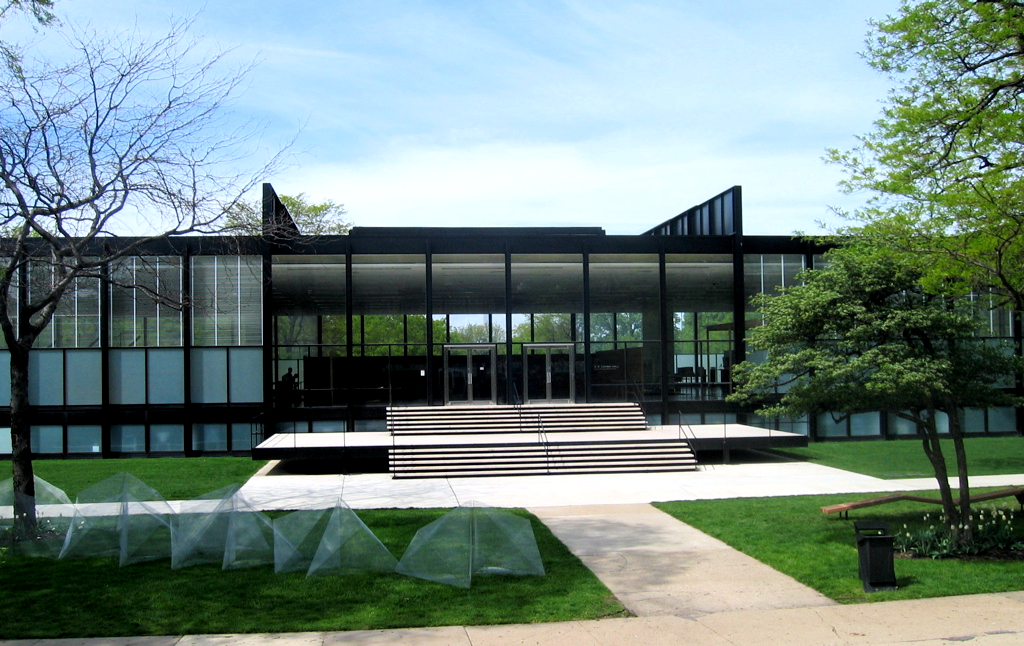
Its open, transparent design and structural clarity exemplify Mies’s famous motto “less is more.” Crown Hall profoundly impacted architectural education and remains a symbol of modernist achievement.
Le Corbusier
Le Corbusier, born Charles-Édouard Jeanneret-Gris in Switzerland in 1887, was a pioneering architect, urban planner, and designer. A key figure in the modernist movement, he significantly influenced 20th-century architecture with his innovative ideas. Le Corbusier is praised for his emphasis on functionality, geometric forms, and the use of new materials, promoting a vision of architecture that responded to the needs of the industrial era.
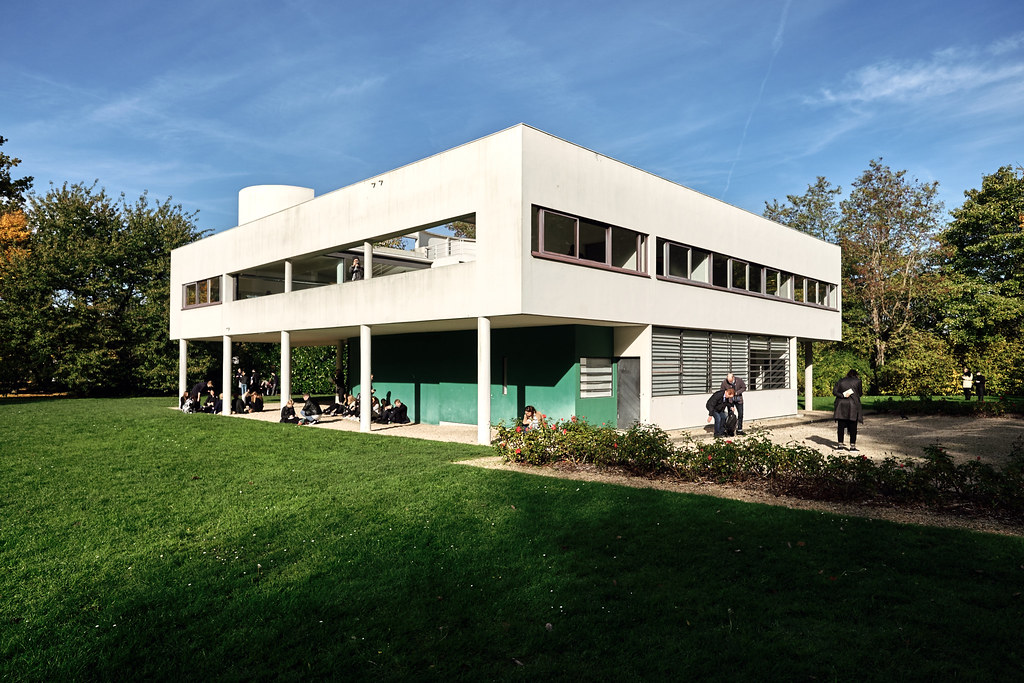
Among his most iconic designs is the Villa Savoye, completed in 1931. Situated in Poissy, France, the villa is a testament to Le Corbusier’s Five Points of Architecture, incorporating pilotis (stilts), a flat roof terrace, an open floor plan, ribbon windows, and a free facade.
Villa Savoye stands as a masterpiece of modern architecture, symbolizing Le Corbusier’s commitment to a harmonious relationship between humanity, nature, and the built environment.
Frank Lloyd Wright
Frank Lloyd Wright (1867-1959), an influential American architect, is renowned for pioneering organic architecture, emphasizing harmony between design and nature. His innovative approach to space and form left an indelible mark on modern architecture.

Fallingwater House, completed in 1939, stands out as one of his masterpieces, showcasing Wright’s ability to seamlessly integrate structures with their natural surroundings. This iconic house in Pennsylvania, with cantilevered terraces over Bear Run’s waterfalls, exemplifies Wright’s enduring legacy in shaping modern architectural principles.
Walter Gropius
Walter Gropius, a pioneering German architect and founder of the Bauhaus School, was born in 1883. A key figure in the modernist movement, Gropius is renowned for promoting the integration of art, craftsmanship, and technology in architectural design. His influence extended beyond Europe to the United States, where he later emigrated.
One of his notable achievements is the design of the Bauhaus Masterhouses in Dessau, Germany. Completed in 1926, these residences were part of the larger Bauhaus complex and exemplified Gropius’s principles of functionalism and the synthesis of art and industry.

Recently restored, the New Bauhaus Masterhouses stand as a testament to Gropius’s enduring impact on modern architecture, reflecting his commitment to innovative design and education.
Philip Johnson
Philip Johnson, born in 1906, was an influential American architect and curator. Initially associated with the International Style, he later embraced postmodernism, contributing significantly to architectural discourse. Johnson is renowned for his iconic Glass House, located in New Canaan, Connecticut, and completed in 1949.
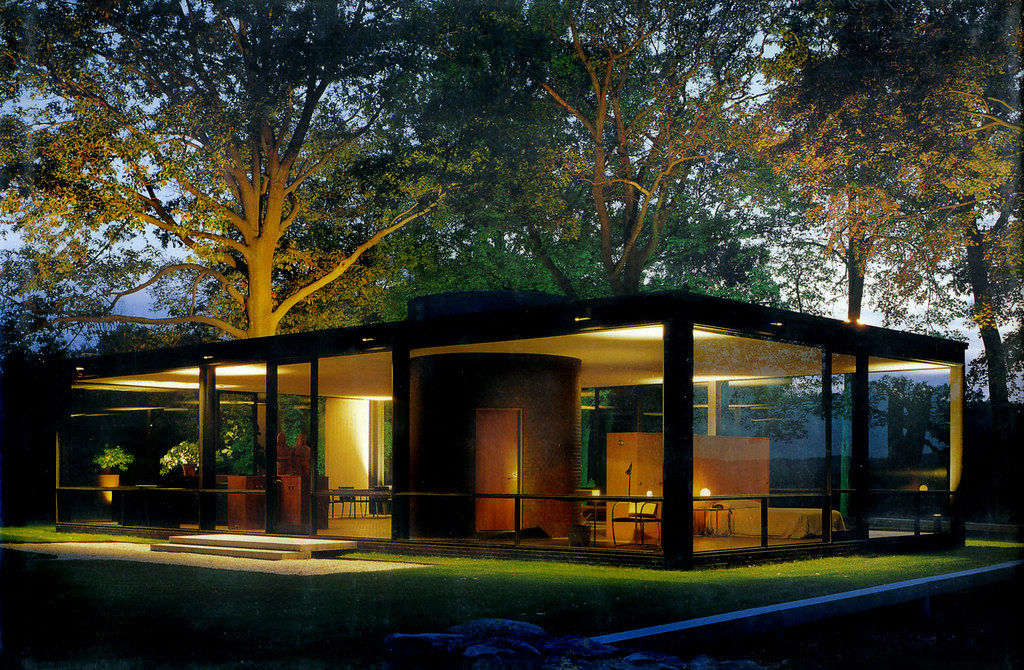
This masterpiece epitomizes modernist principles with its transparent walls and open plan, becoming a symbol of 20th-century architecture and design.
In a Nutshell
The sleek modern design, innovative structural elements, and minimalist interiors of modern architecture resonate with an urban population looking for a modern style that mixes traditional and contemporary. With fewer walls and more open spaces that reveal structural beauty, modern architecture’s pared-down elements work on an emotional level while serving an increasingly busy lifestyle.
People are drawn to both the aesthetic beauty and functionality of modern design that re-envisions how we can live, work, and play within thoughtfully crafted buildings and spaces. In the end, modern architecture endures because its bold vision of the future continues to uplift and inspire us through its harmonious blend of form and function.

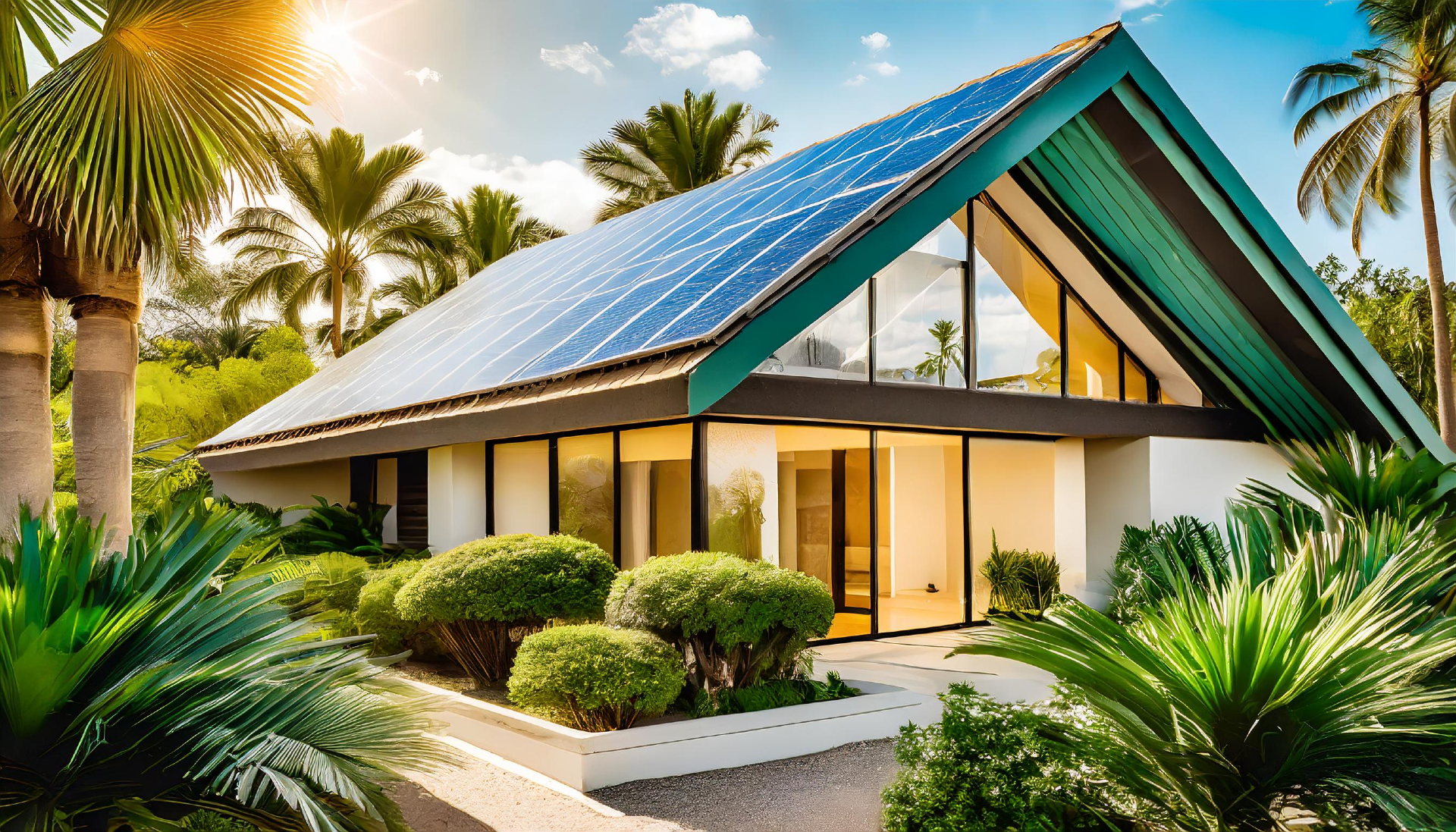
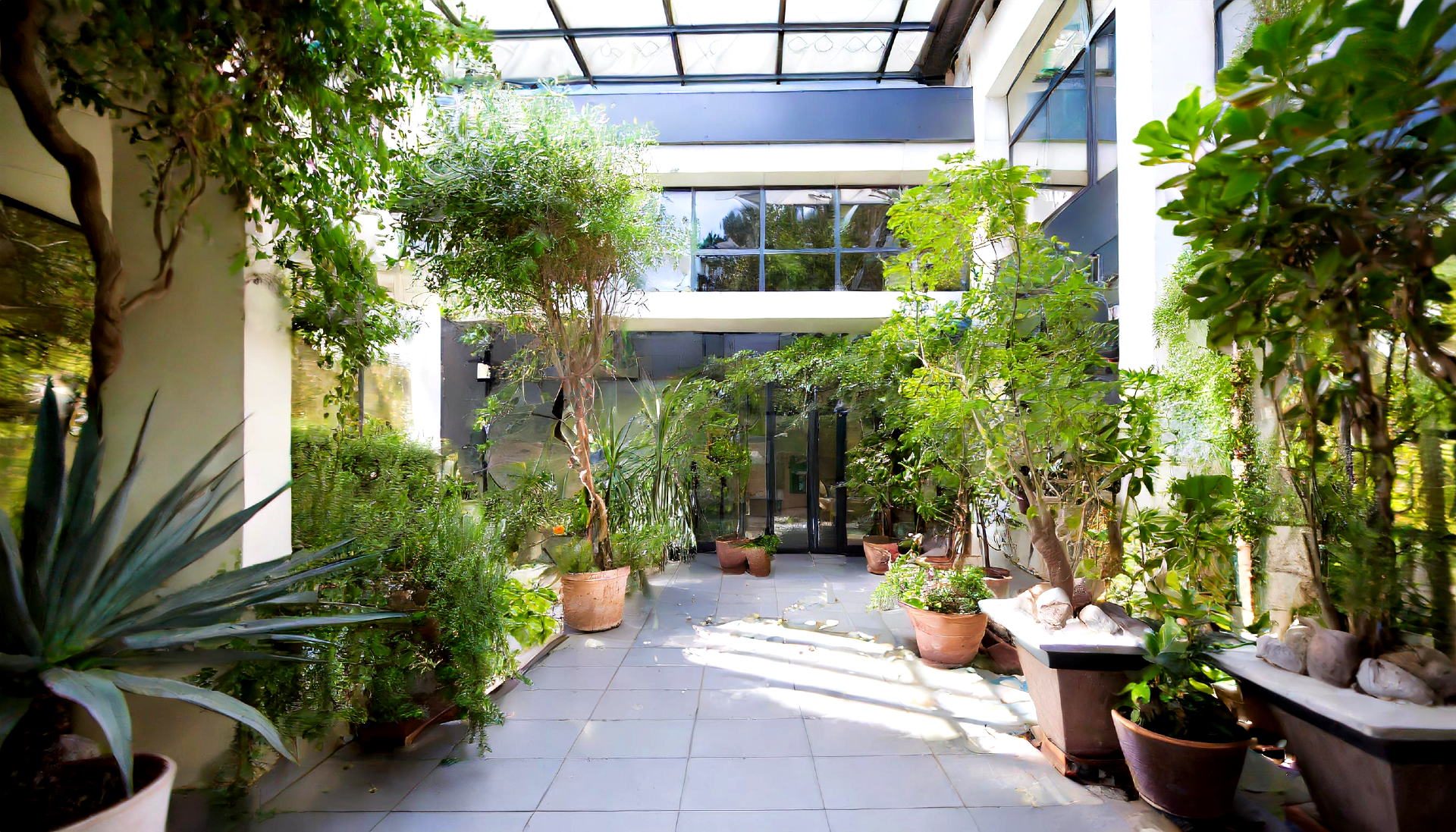
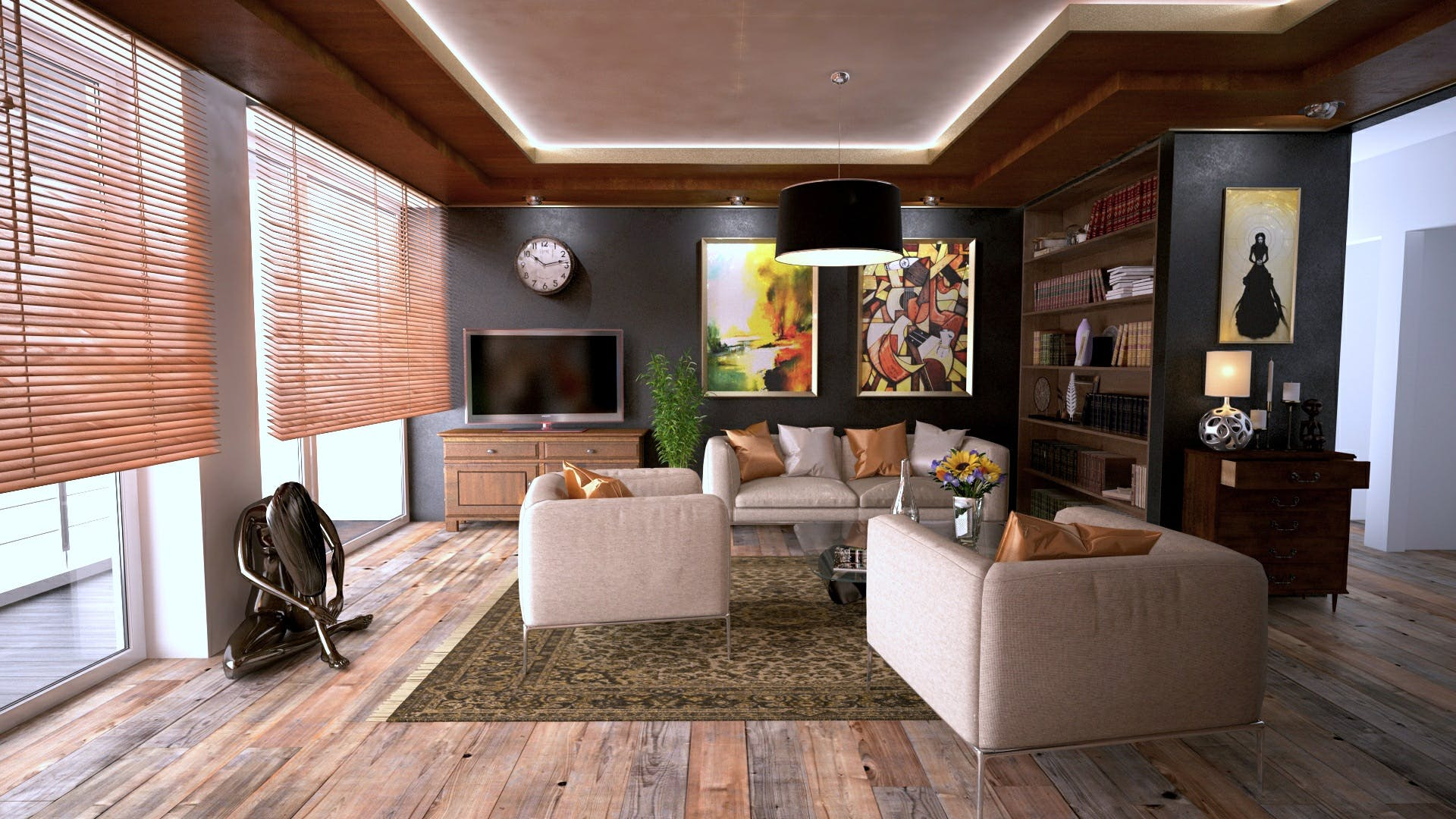
Comments